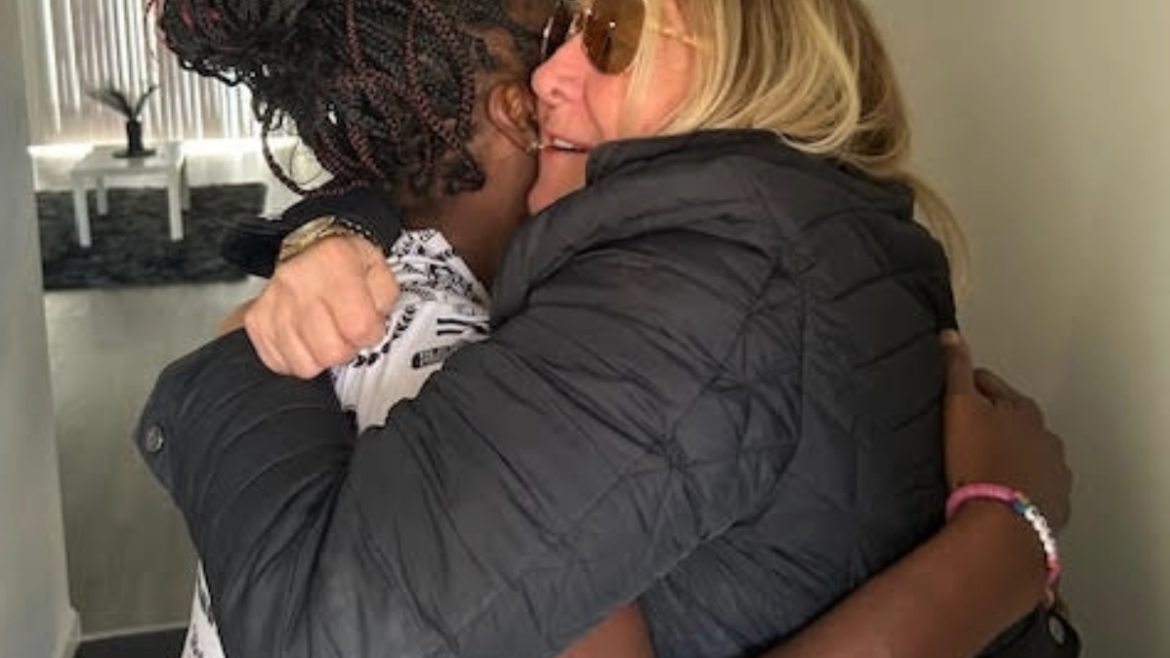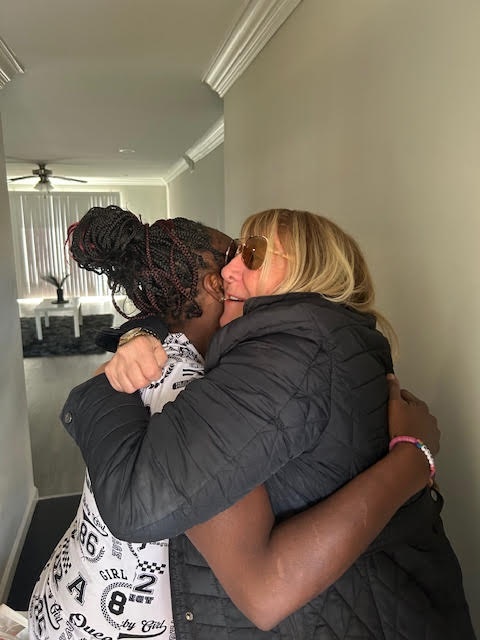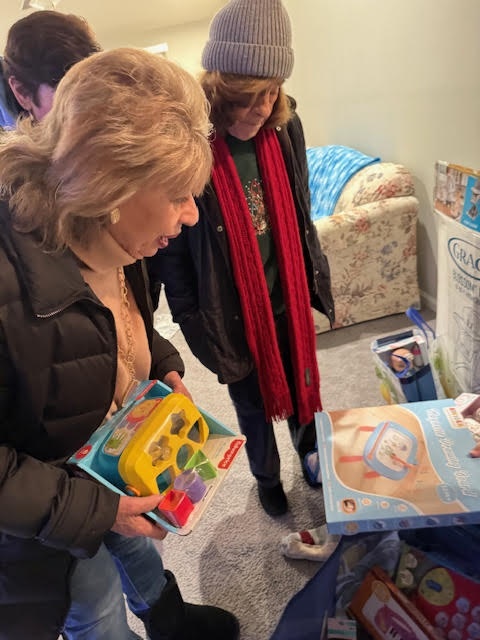Every night, over half a million people in America experience homelessness. Imagine walking past them knowing they are someone’s mother, father, or child. As Vincentians, we don’t have to imagine it, we live it.
And we cannot simply walk by — we are called to act. We understand our profound responsibility to act boldly in service to others. The words from 1 John, “Let us love, not with words but with deeds” are a reminder to all of us of the profound responsibility we share as Christians to live out our faith not just in what we say, but in what we do.
We are each familiar with the calls to action required to address the many needs in the world. And we celebrate the profound joy that comes from growing in holiness through our response to Christ’s call to feed the hungry, clothe the naked, give shelter to the homeless, welcome the stranger, minister to the sick, and visit the prisoner. The work of every Vincentian and volunteer is a vital lifeline for countless people in need — individuals and families often standing at the brink of despair, searching for a glimmer of hope.
Every year, we are faced with new challenges and opportunities. The world is constantly evolving. So how do we respond as we answer the call to serve? Amid the excitement of new beginnings and the anticipation of fresh starts, there are also apprehensions about the changes and challenges that may lie ahead. But amidst these feelings, one constant remains: the enduring power of hope. And so, we must be Bearers of Hope to the countless many who wonder if hope exists, who wonder if love exists, who wonder if anyone cares.
For hope is the belief that even in the face of adversity, goodness and redemption are possible. It is the conviction that we can overcome obstacles, heal divisions, and build a more just and compassionate world. Let us remember that hope is not naive optimism. Hope, in the Vincentian tradition, is rooted in the unwavering belief that God is present among the poor and the suffering. When we stand alongside them, we stand with Christ Himself.
Hope is the seed, but justice is the harvest.
If we do not act, hope remains just a dream. Justice must propel us to action, inspiring efforts that ripple outward, create lasting change, and making our world a better place. And so, we must also become fighters for Justice.
But we face a difficult challenge when frankly we sometimes must wonder if the world has lost its mind. A world that mirrors almost identically that of the 1830s in Paris, France, where Frédéric Ozanam wrote in 1836:
“The question that is agitating the world today is not of political forms, but it is a social one. It is a struggle between those who have nothing and those who have too much. It is a violent clash of opulence and poverty which is shaking the ground under our feet. Our duty as Christians is to intervene between these two camps, to ensure that some deprive themselves in order to fulfill a law, and others receive as a benefit; that some stop demanding and others stop refusing; that equality prevails as much as possible among people; that the voluntary community replaces taxes and forced borrowing, that love accomplishes what justice alone cannot do.”
So, as in 1836, we must become Advocates not only for Justice, but also for Love, transforming hope into action, and helping to heal our wounded world.
Yet the challenges of the world still face us and try to beat us down. A world where in January, thousands marched in our nation’s capital to advocate for the sanctity of life. Politicians came out, made speeches, had their pictures taken, then went right back up the marble stairs of the Capital and continued to plan how to cut billions of dollars in aid to babies who are born to the poor and the homeless. A world where it seems to be acceptable by some to cut 1.5 billion dollars in aid to USDA for food for the hungry, a billion dollars for vaccinations for the poor, and billions of dollars in aid to the homeless, the hungry, the sick, the unemployed and the elderly — all while spending trillions of dollars to plant a flag on Mars.
So, the world demands that we must become Advocates for Justice, transforming hope into action, and helping to heal our wounded world.
There are those who say we should not involve ourselves in advocacy or the great issues of the day. They say we should stay out of politics, be content with the charity we offer, and not try to change the things that cause or perpetuate poverty, dependency, and need.
To those people, I would say that if we do not use the knowledge and learning we uniquely gain through our personal encounters with the people we serve to help change the causes of poverty, dependence, and need then we are failing in our duty as Christians — and we are not being true to the foundations of our Society.
At SVdP, we serve those in need without regard for their demographics or creed, no matter what political party is in power. But the work of charity cannot, and must not, be neatly divided from the claims of justice. Make no mistake; while SVdP is not a political organization, our work and our faith demand that we advocate for those living in poverty.
Recall Frédéric Ozanam’s famous quote:
“Charity is the Samaritan who pours oil on the wounds of the traveler who has been attacked. It is justice’s role to prevent the attack.”
In 1848, Frédéric Ozanam was the Vice President of the Society of St. Vincent de Paul. On the occasion of the General Assembly that year, he wrote a letter that spoke to the vital importance of advocacy that the Society was obligated to undertake based on how we encountered the poor. Frédéric wrote:
“Yes, without doubt, it is too little to relieve the needy day by day. It is necessary to get to the root of the evil, and by wise reforms to diminish the causes of public misery. But we profess to believe that the science of welfare reform is learned less in books and parliamentary debates, than by climbing up the floors of the poor man’s house, by sitting at his bedside, by suffering the same cold as him, and by drawing out the secret of his desolate heart through the outpouring of a friendly conversation. When we have fulfilled this ministry, not for a few months, but for many years; when we have thus studied the poor at home, at school, at the hospital, not in one city only, but in many, in the countryside and in all the conditions where God has put it, then we begin to know the elements of this formidable problem of misery; then we have the right to propose serious measures, and instead of frightening society, we give it consolation and hope.”
Those words are as true today as when they were written on December 14, 1848. They could have been written last week and been applicable to our world in 2025. They are our heritage, they are our history, they are the calling we must continue to follow in the Society of St. Vincent de Paul today. Those who don’t understand that simply do not understand the wholeness of the Society.
St. Vincent de Paul himself lived in a world plagued by war and social upheaval. But his response was not just to provide bread and wood. He developed a network of priests, religious, and laypeople to not only provide food, shelter, and spiritual comfort to the wounded and displaced, but worked for the release of galley slaves and sought to protect the most vulnerable, living out Christ’s call to be a peacemaker. Vincent’s actions remind us that even in times of great darkness, the light of charity and justice must shine together. Vincent condemned greed and political ambitions that fueled wars and created poverty, but he did so to restore dignity and hope to those who suffered.
From a Vincentian perspective, we must see beyond the political rhetoric and recognize the human face of every victim of poverty. Each refugee, each orphan, each grieving mother is Christ crucified anew. To follow Vincent’s path means to reject the idea that poverty and suffering are inevitable. It means believing that justice is possible, but only when we confront self-interest and systemic injustice.
Our call to serve the poor, the refugees, the sick and all those who suffer injustice and oppression is also deeply rooted in Scripture. The Old Testament prophets often reminded Israel of their duty to care for the marginalized. We hear Isaiah proclaim:
“Is not this the kind of fasting I have chosen: to loose the chains of injustice and untie the cords of the yoke, to set the oppressed free and break every yoke? Is it not to share your food with the hungry and to provide the poor wanderer with shelter—when you see the naked, to clothe them, and not to turn away from your own flesh and blood?”
That call tells us that our work must be holistic and transformative, addressing both immediate needs and systemic injustices.
In the Gospel of Matthew, Jesus presents us with a clear and unambiguous description of how God will judge whether we lived out his commandment to love our neighbor as we love ourselves. Jesus tells us that our service to others is not just a charitable act — but a divine mandate.
Tomorrow, April 4, we will open our second National Office in Washington, DC. We will increase our efforts to advocate on behalf of those we serve and turn our focus more intensely towards the pressing issues of our time, particularly the scourge of poverty and homelessness that afflicts far too many of our fellow Americans. Last year, SVdP USA provided over $1.7 billion in services directly to over 5 million people in need across this country. That’s not just a number — that’s 5 million lives changed, 5 million families given a second chance, 5 million reminders that love is unstoppable! The unique direct relationship we have with our neighbors through our personal encounters gives us a perspective and view from the reality of the poor that we will be able to share with policy makers and like-minded nonprofits and other organizations. To fail to do so would be a disservice to those we serve and an abandonment of our obligation to our faith.
The stark and shocking reality of America and the world today is that millions of our brothers and sisters lack basic necessities — affordable housing, nutritious food, and quality healthcare. Families live on the streets, children go to bed hungry, and the cycle of poverty persists. Imagine a mother putting her children down to sleep on a cold night with no bed and no roof overhead. Or a child going to school hungry, unable to focus on learning. This is the reality we must work to change.
This is a crisis of conscience for our nation and every nation. It is a stark reminder that the pursuit of individual prosperity cannot come at the expense of the common good. We are called, as followers of Christ, to be our brothers’ and sisters’ keepers. We are called to love our neighbors as ourselves.
What must we do next? How do we turn faith into action, hope into impact?
Primarily, we must open our eyes and our hearts to the suffering around us. We must acknowledge the realities of poverty and homelessness in our own communities. We must listen to the stories of those who are struggling, and we must seek to understand their experiences.
We cannot help if we do not understand. And we cannot understand if we do not listen.
Secondly, we must not only serve the poor, but stand beside them, speak for them, and challenge the systems that keep them in poverty. We must advocate for affordable housing, living wages, and access to quality education and healthcare. Our faith and our actions must walk hand in hand.
And finally, we must cultivate a spirit of solidarity and collective action. We must remember that we are all interconnected, and that the well-being of each of us is dependent on the well-being of all. We must work together to build a society where everyone has the opportunity to thrive.
As we look ahead, I am inspired by what we can accomplish together. Imagine a community where every child has access to food, every family has a safe place to call home, and every individual feels valued. Together, we can make that vision a reality.
The task before us is daunting, but not insurmountable. We cannot solve the problems of poverty and homelessness overnight. But we can, each one of us, make a difference. We can be a force for good in the world. We can build a more just and compassionate society, a society where everyone can live a life of dignity and hope.
Our goal must be not just to alleviate suffering but to encounter the divine in our service to others. By looking to the future with hope and embracing new ways of doing things, we serve in ways that are both meaningful and transformative.
We stand poised to face new challenges with courage and creativity. As we move forward, let us do so with hearts full of love, minds open to innovation, and spirits grounded in the timeless values of our faith.
Together, we can make a difference that echoes through the ages, bringing hope and healing to a world in need.
My Brothers and Sisters, the call to serve is a divine mandate that transcends time and tradition. Let us be committed and courageous in our approach to answering that call.
Together, we are the light that dispels the darkness. We are the hands of Christ, the voice of the voiceless, the hope of the hopeless. And we will not stop until justice is done, until love reigns, until all are seen, heard, and embraced in dignity.
As we move forward with courage and faith; without fear or apprehension let us be inspired by the words of Blessed Frédéric Ozanam: “Let us not be discouraged; let us be better.”
In closing, I offer you the words of St. Vincent de Paul: “Go to the poor: you will find God.” This simple yet profound directive guides all of us in the Society of St. Vincent de Paul in our mission to serve with love and compassion.
Peace and God’s blessings,
John
John Berry
National President
(Note: Some of the content of this reflection was adapted from the March 27, 2025 FamVin Vincentian Reflection, “Hope and Peace in a World Torn by War”)

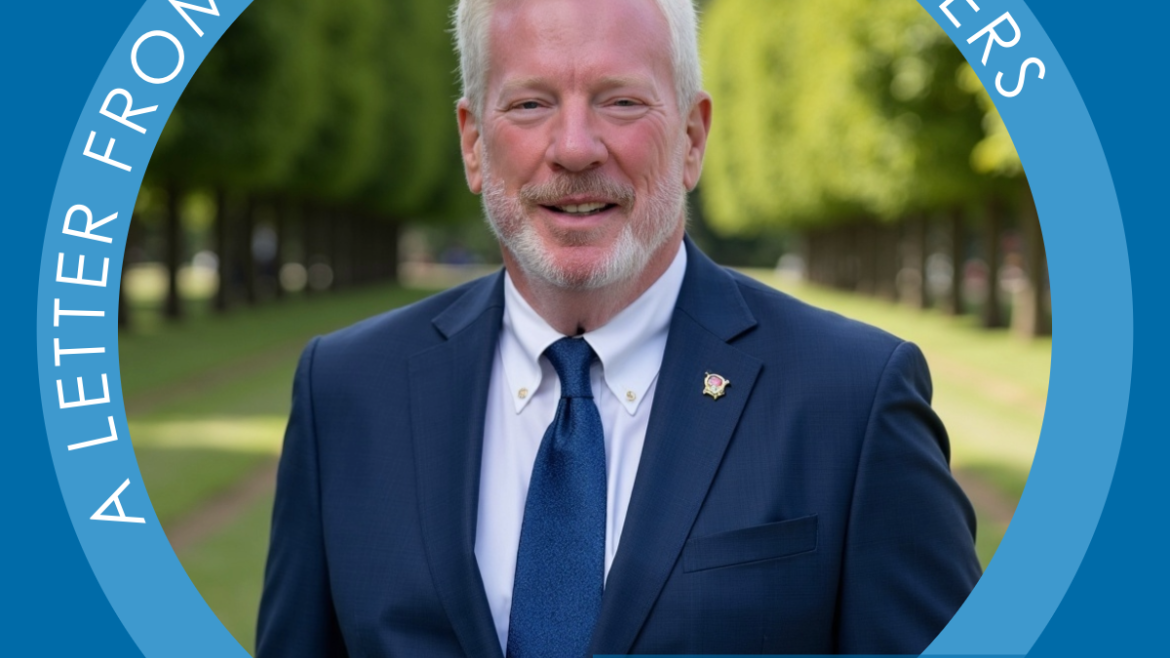
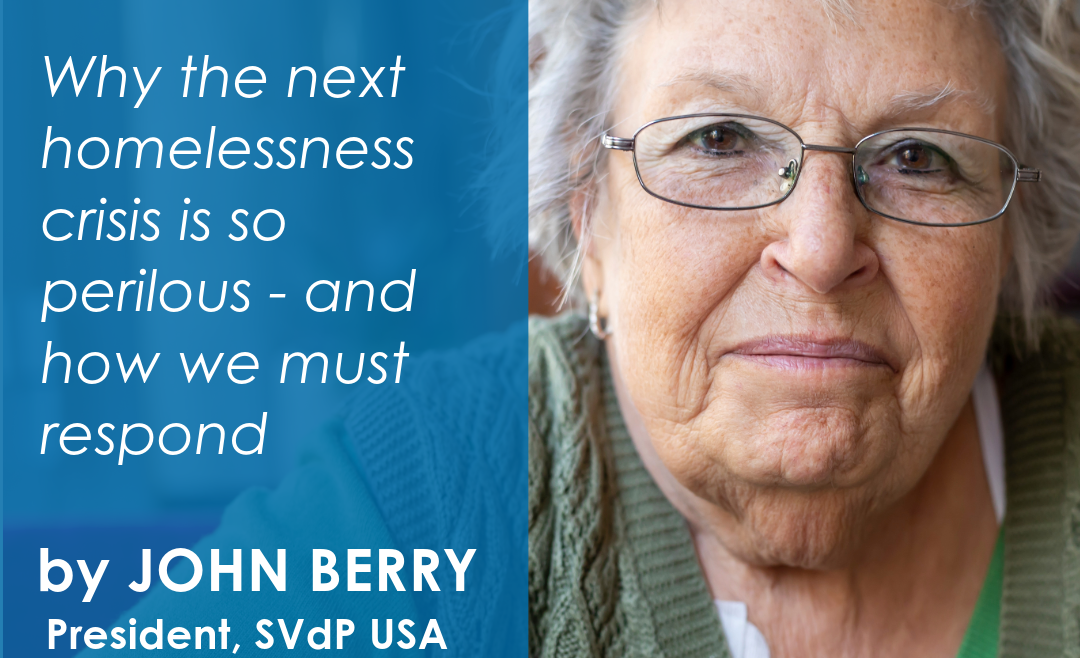


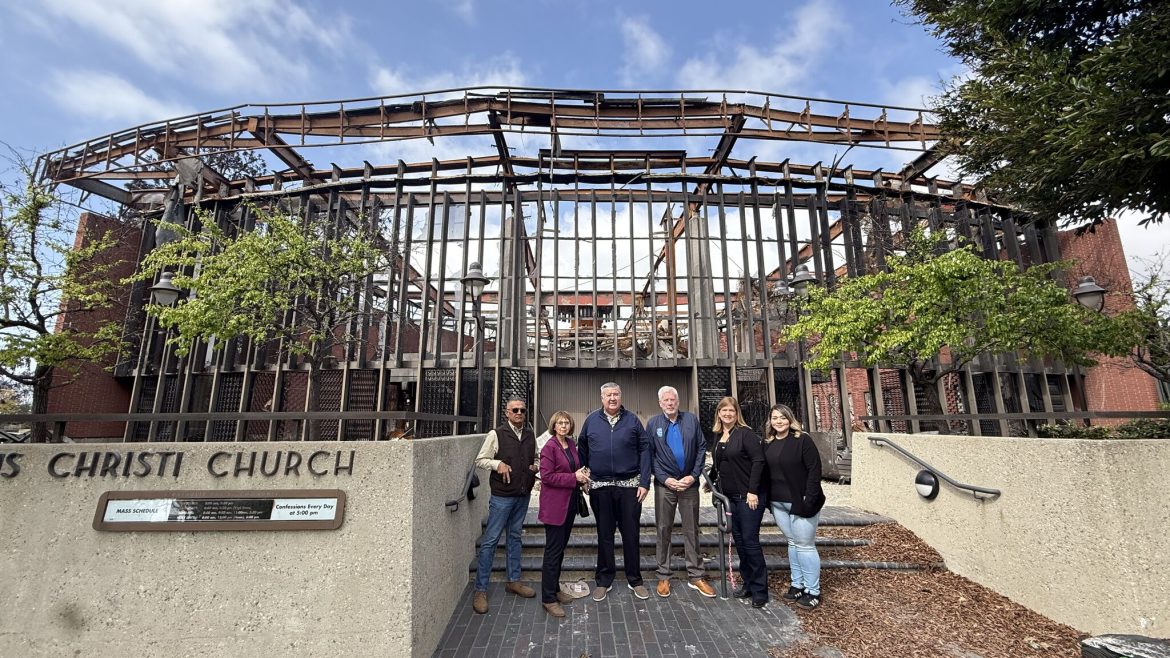
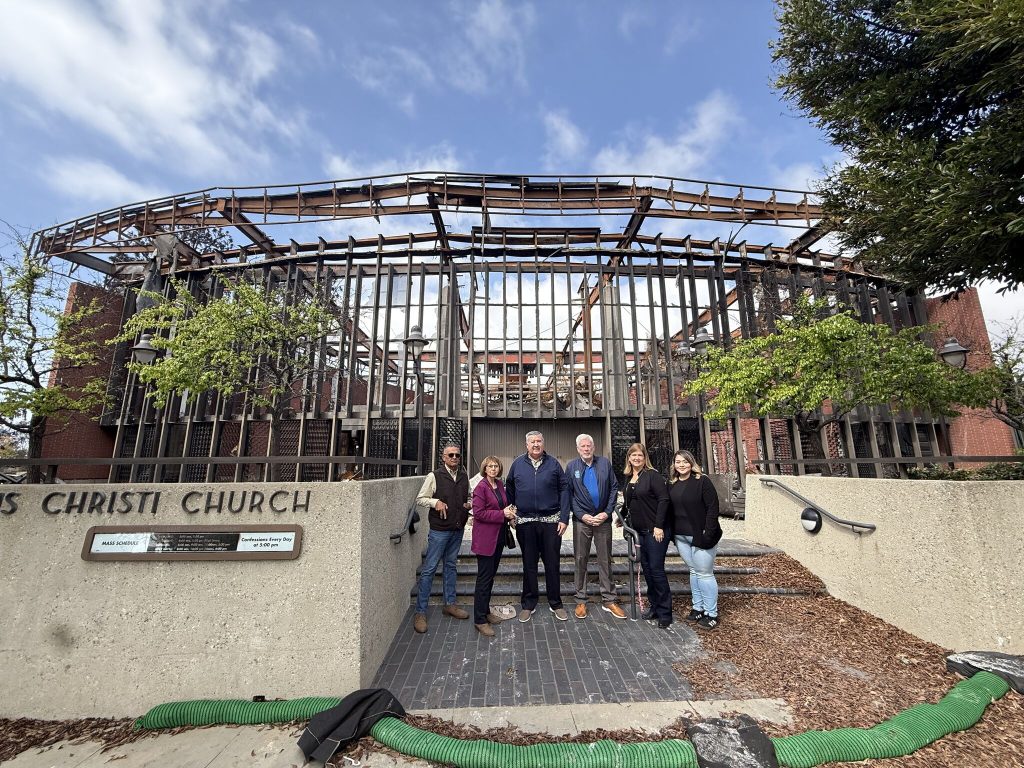
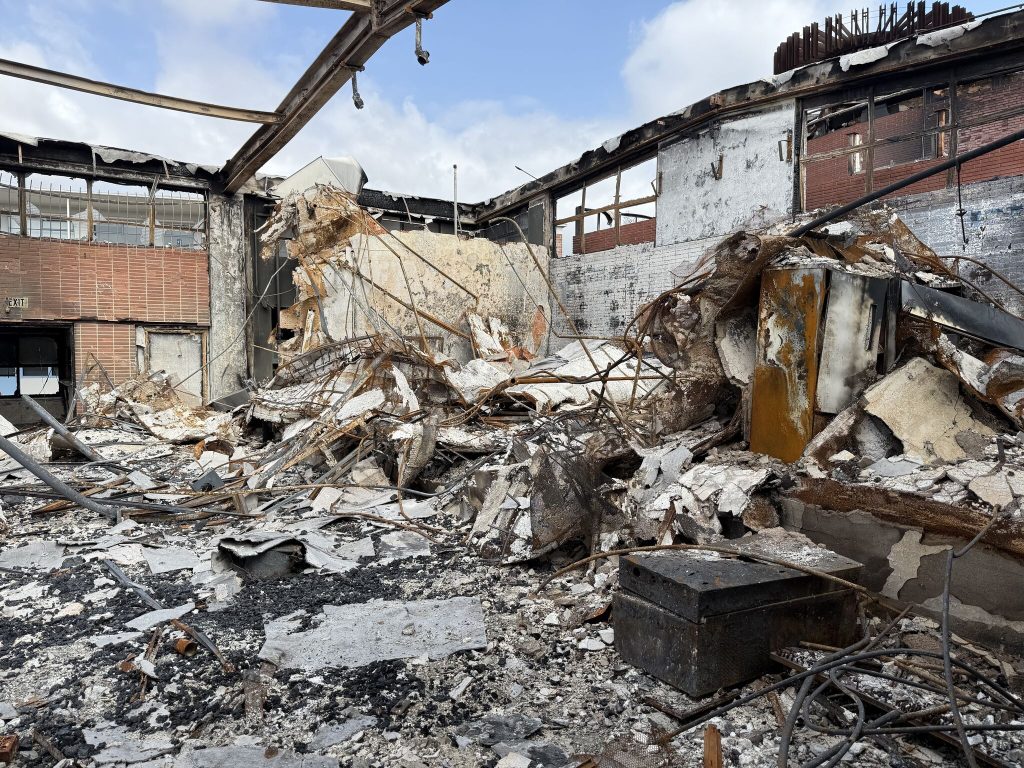

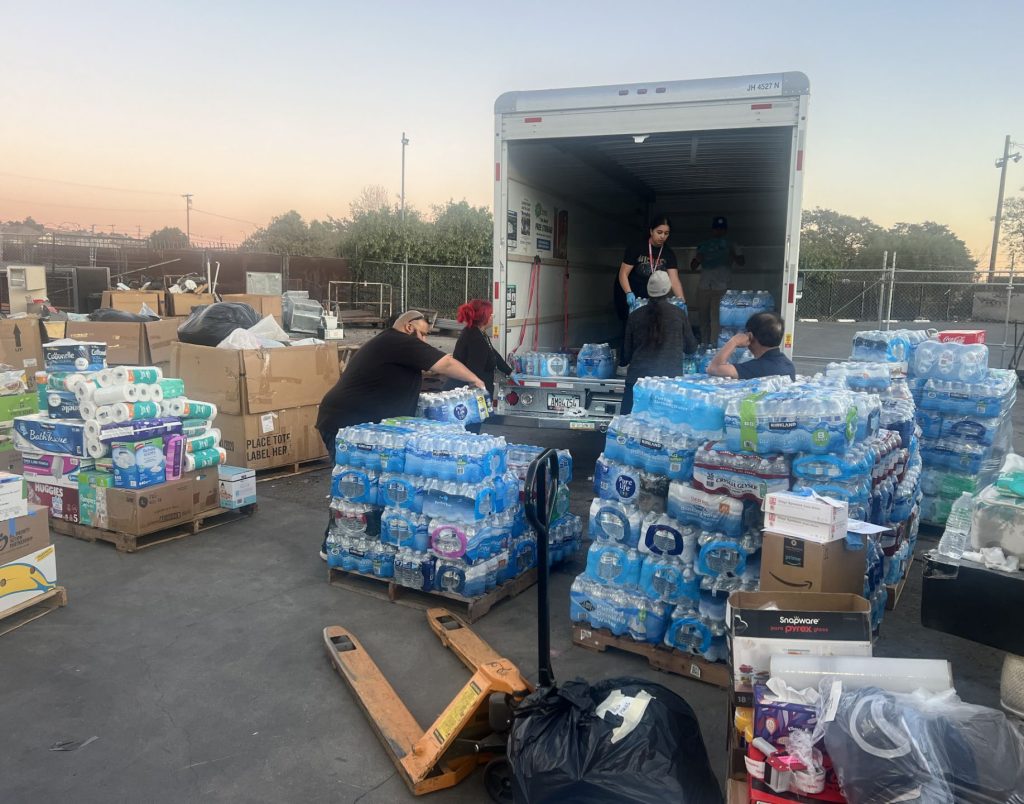
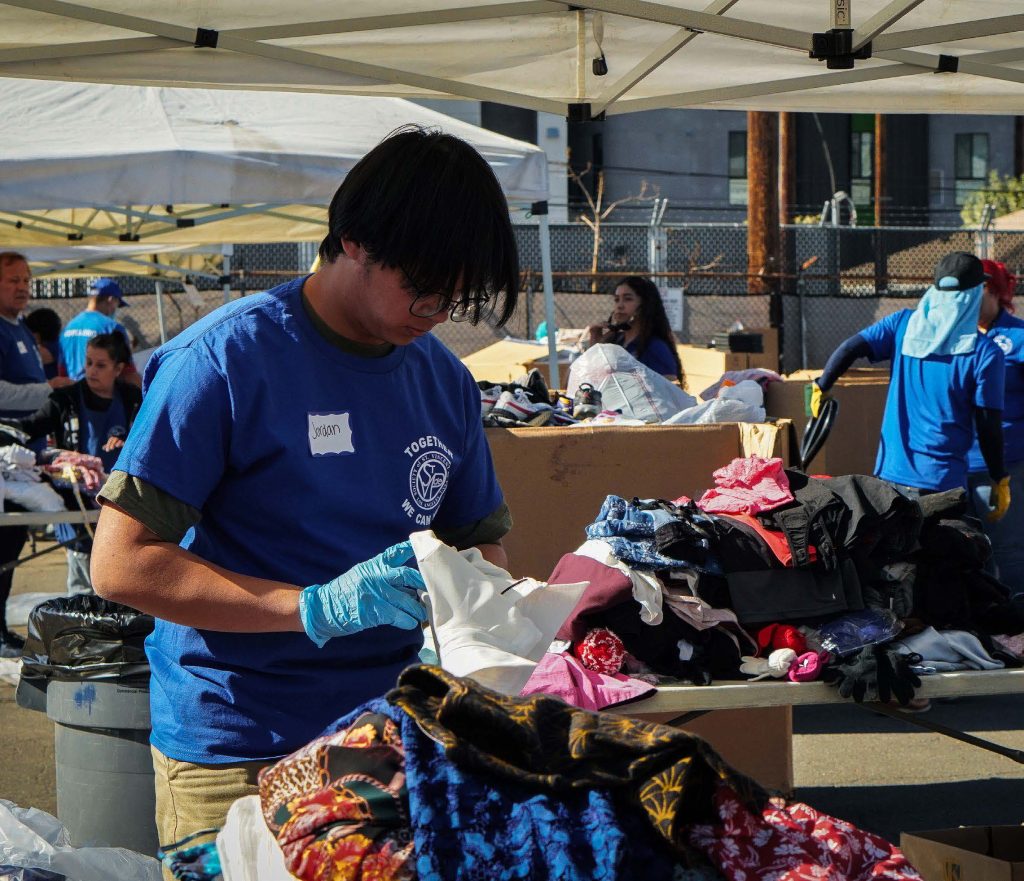
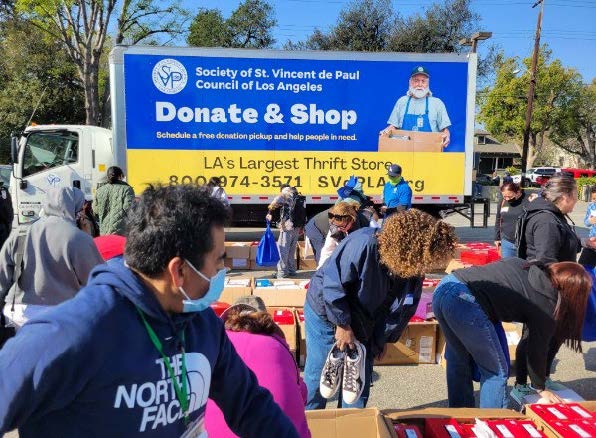
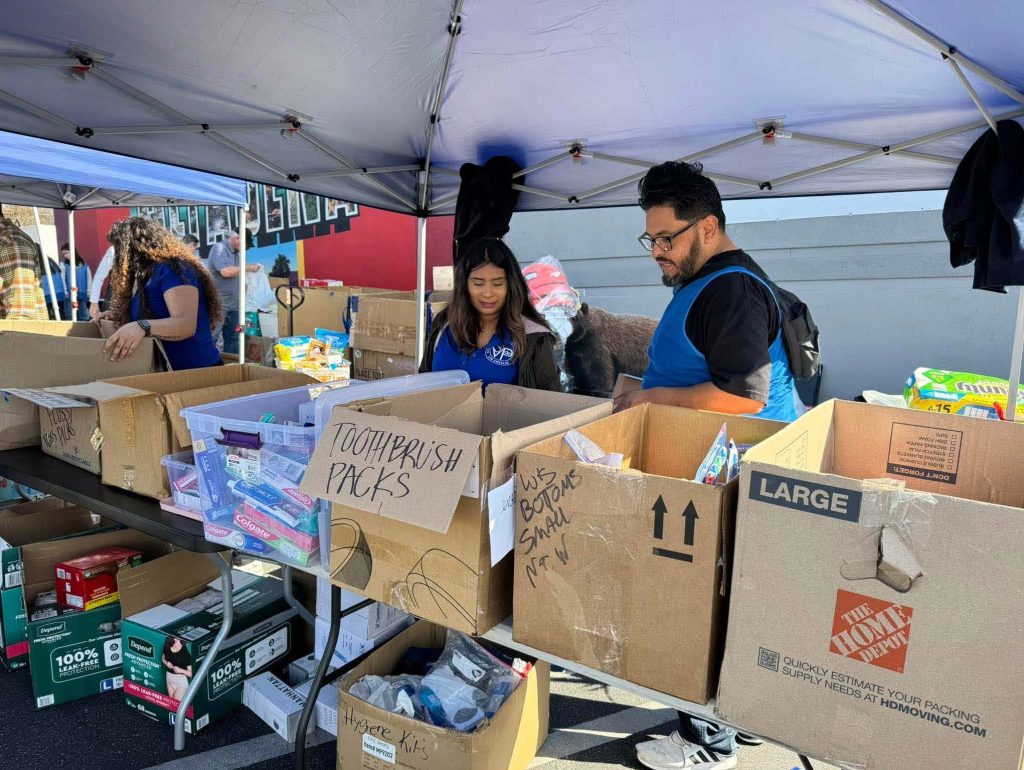

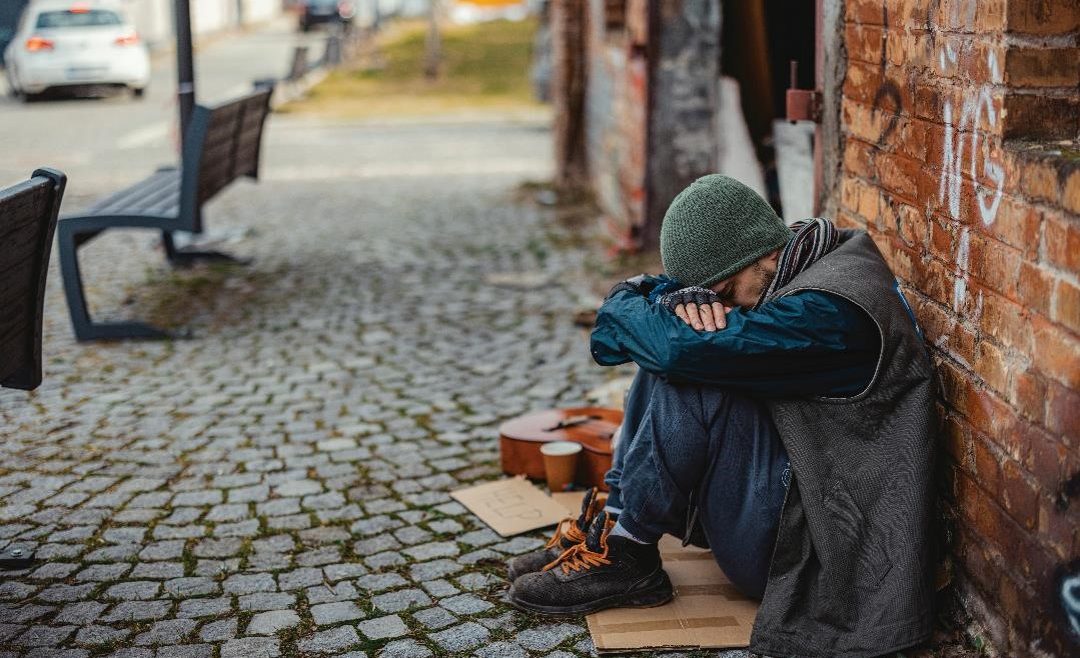
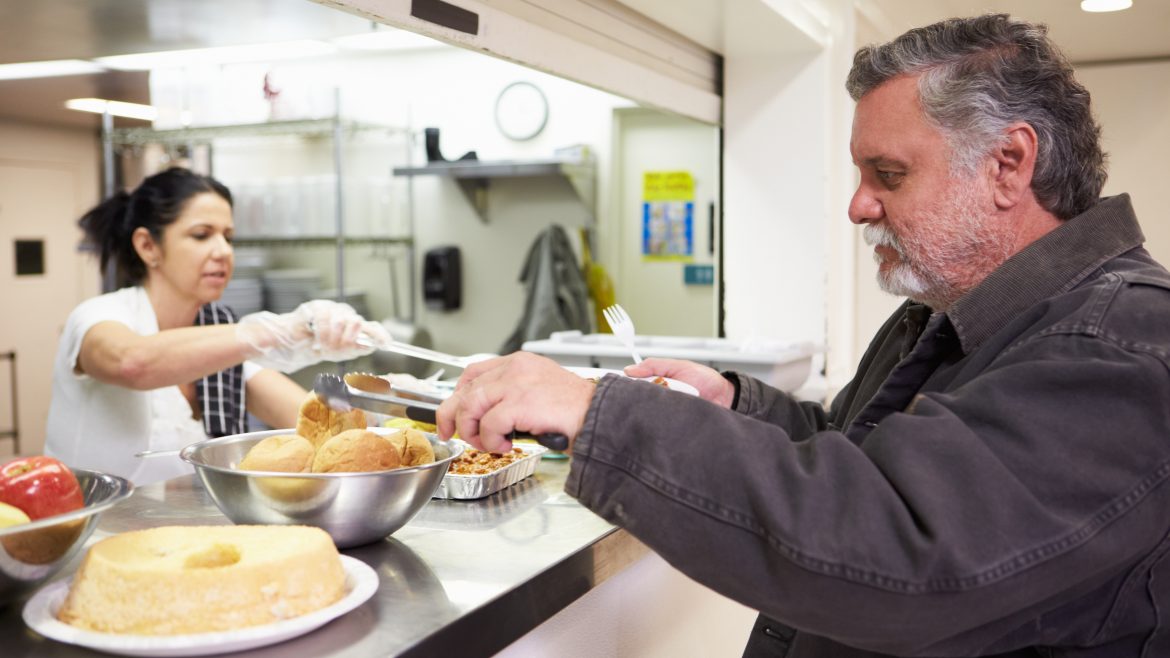
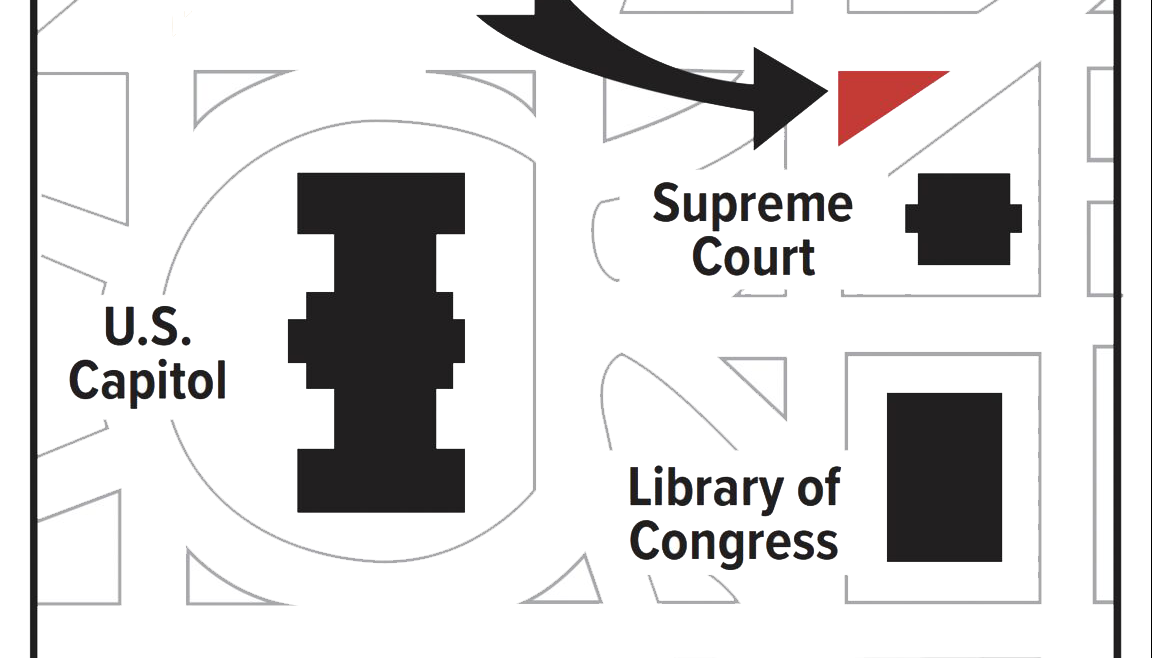
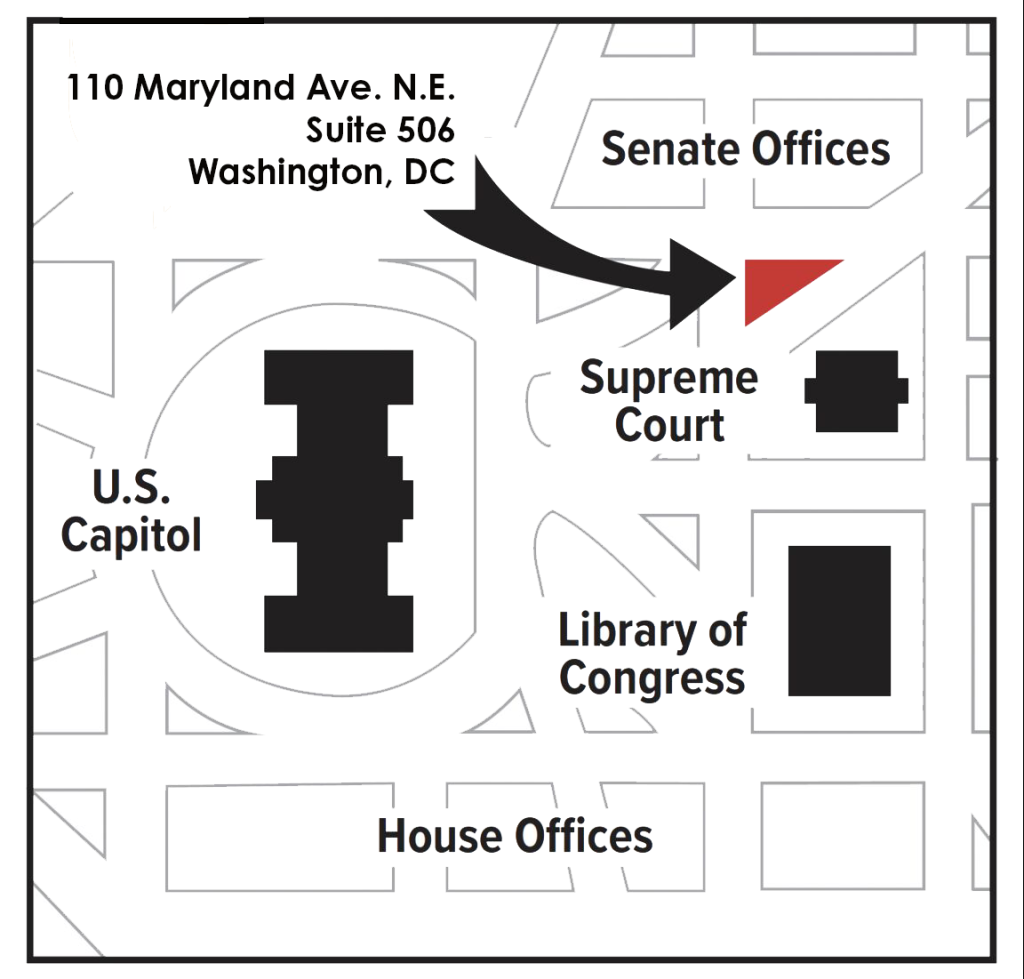 Published January 28, 2025
Published January 28, 2025